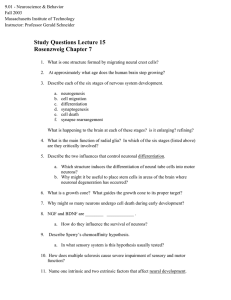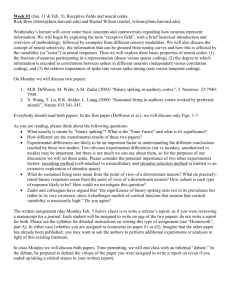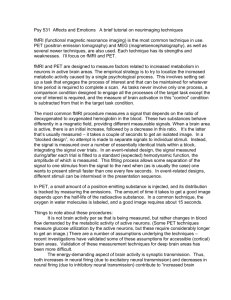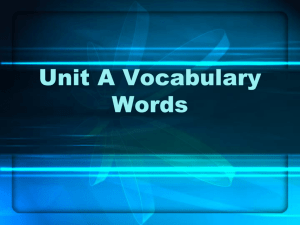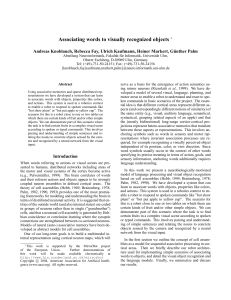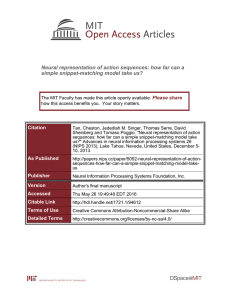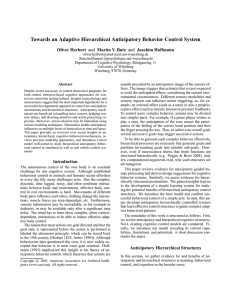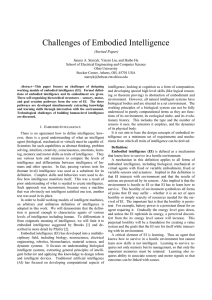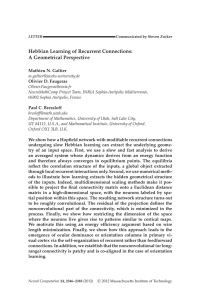CORTICAL MECHANISMS OF VISION
advertisement
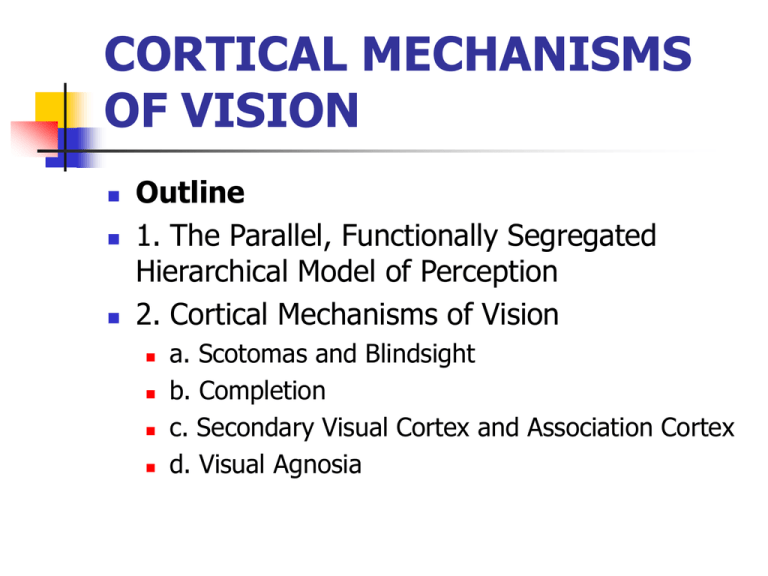
CORTICAL MECHANISMS OF VISION Outline 1. The Parallel, Functionally Segregated Hierarchical Model of Perception 2. Cortical Mechanisms of Vision a. Scotomas and Blindsight b. Completion c. Secondary Visual Cortex and Association Cortex d. Visual Agnosia The Current Parallel, Functionally Segregated Hierarchical Model of SensorySystem Organization Parallel: sensory systems are organized so that information flows between different structures simultaneously along multiple pathways Functionally Segregated: There are divisions of labor at the different hierarchical levels Explicit –– a sensory system for consciously seeing things Implicit –– a sensory system that helps us interact with objects in space. Some neurons respond to motion, some to color, and so on. Hierarchical: information flows through brain structures in order of their increasing neuroanatomical and functional complexity. Primary Secondary Association Vertemnus (1591) by Guiseppe Arcimboldo The Vegetable Gardener (1590) Neural Correlates? There is evidence that selective attention occurs by strengthening the neural responses to attended-to aspects and by weakening the response to others. Anticipation of a stimulus increases neural activity in the same circuits affected by the stimulus itself. When attempting to recognize faces - ventral stream is activated Does this face belong to the same person? face recognition activates the ventral visual pathway – is this face the same person you saw before? fMRI When attending to location - dorsal stream is activated. Is this face in the same position as the last face you saw? face position activates the dorsal visual pathway – is this face in the same location as the face you saw before? fMRI Primates Recorded from neurons in the prestriate area that is part of the ventral stream that are particular responsive to color. Some cells responded to red; some to green Monkeys were taught to perform a task that required attention to a red cue. The activity of red neurons was increased, whereas the activity of green neurons was reduced

